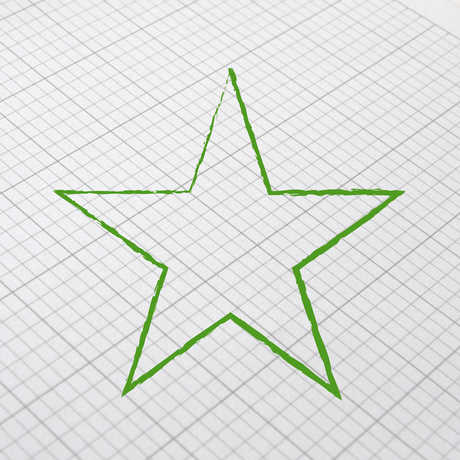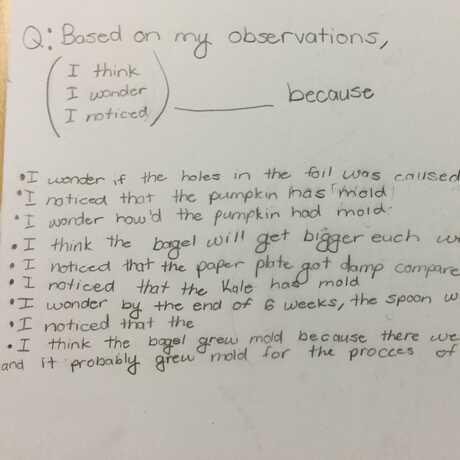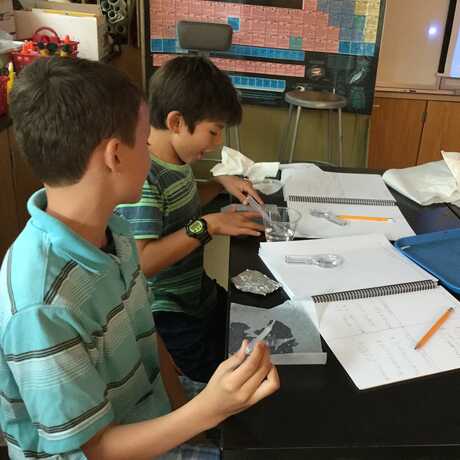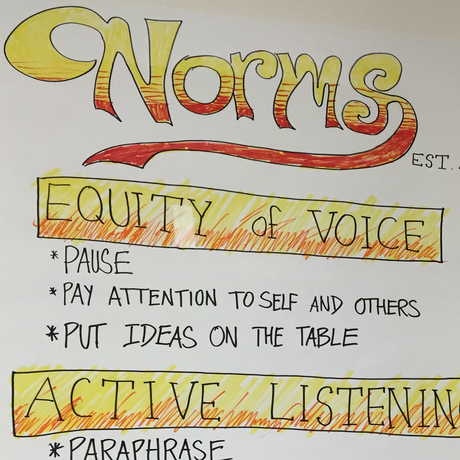
Students can use their science notebooks to help them unload their ideas and develop explanations using numbers, words, and pictures. Here we show how sentence frames and graphic organizers can help students construct explanations during scientific investigations.
About This Guide

Below, you'll find guidance related to helping students construct explanations, including:
- Sentence frames and graphic organizers
- Tips for successful facilitation with your students
- An example story from a real classroom
Because we know teachers appreciate seeing the results of using these strategies, we've also created an example gallery containing student work and photographs of scaffolds on the walls of classrooms.
Suggested Scaffolds
The following sentence frames and graphic organizers can serve as scaffolds when supporting students in constructing explanations during scientific investigations.

I think...because...
This simple frame helps students start to develop explanations. The words “I think” allows students to share their ideas while leaving room for differing opinions. The word “because” reminds students to support their claim with evidence and reasoning.
See this example from a student notebook written after seeing the preliminary results of a decomposition investigation.

At first I thought...
This frame allows students to reflect on their initial predictions and consider whether new evidence has either confirmed or challenged those ideas. The structure of this frame embodies the work of real scientists; scientists are constantly analyzing evidence from new studies to determine whether or not it upholds their previous ideas.
In this classroom example, students' confirm a prediction about a skull.

Visual explanations
Students use both words and sketches to communicate their ideas. Encourage them to include labels, arrows, diagrams, and anything else to make their thinking clear to another scientist.
In this example, a student uses illustrations to describe the order in which she thinks fruits, flowers, and seeds appear within the life cycle of a plant.

Claim/Support/Question
This scaffold encourages students to draw a conclusion (claim), back it up with evidence (support), and end with a lingering question. Lingering questions recognize that you can’t figure out everything with one investigation or data set. These lingering questions can include follow-up experiments or research.
In this professional learning example, teachers used this frame while investigating the fertilization rates of sea urchins.
How To Make It Happen

- Give students a chance to construct explanations on their own and with peers. [Check out our Science Talk Strategies page]
- Encourage students to use words and pictures to make their explanations legible to another scientist.
- Give students a chance to view others’ explanations by staging a gallery walk.
- Offer opportunities to revise explanations after exposure to new evidence or opinions.
Notes from the Classroom

Lauren and her third grade students were learning about energy and how to conserve it. They used watt meters to measure how much energy several appliances used.
During their investigation, they discovered several puzzling things. For instance, the toaster and the battery charger both used more energy to connect and start than to stay running. Or, the refrigerator used the same amount of energy when connected and running.
Lauren gave students a chance to consider these findings and to ponder, “Why?”
Lauren instructed students to delineate three sections on a notebook page. They labeled the first section, “At first I think…” and they used it to record their initial explanation for one of these findings. They labeled the second section, “Now I think…” and they recorded their ideas after discussing with several peers. In the last section, they answered the question: “Why did your ideas change or stay the same?”
This lesson gave students a chance to construct explanations and also to notice how ideas can grow and change based on exposure to other ideas.

Science Notebook Corner
Learn how notebooks can help your students think and act like scientists.







